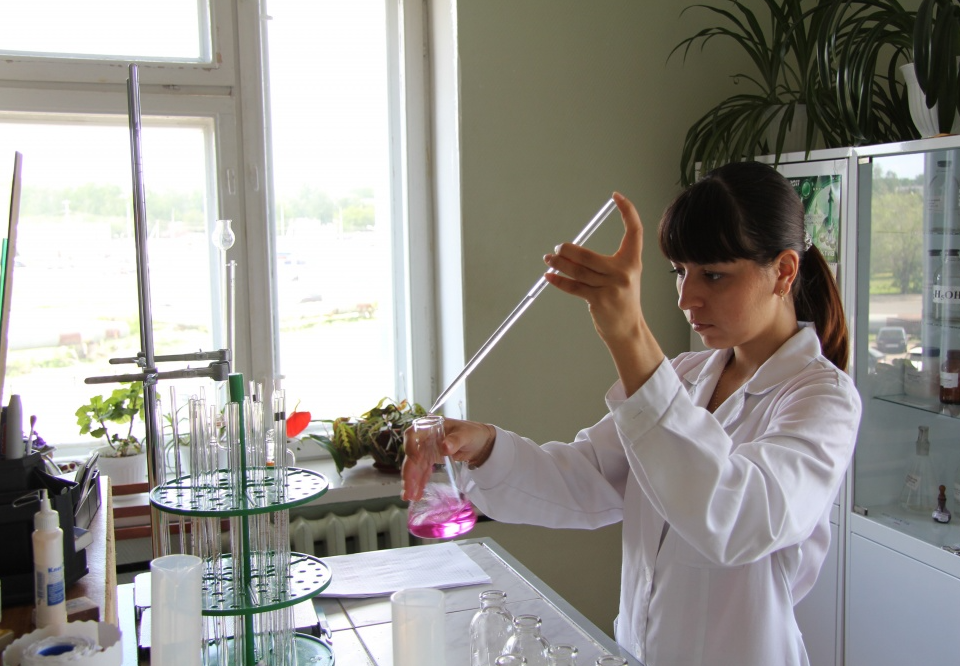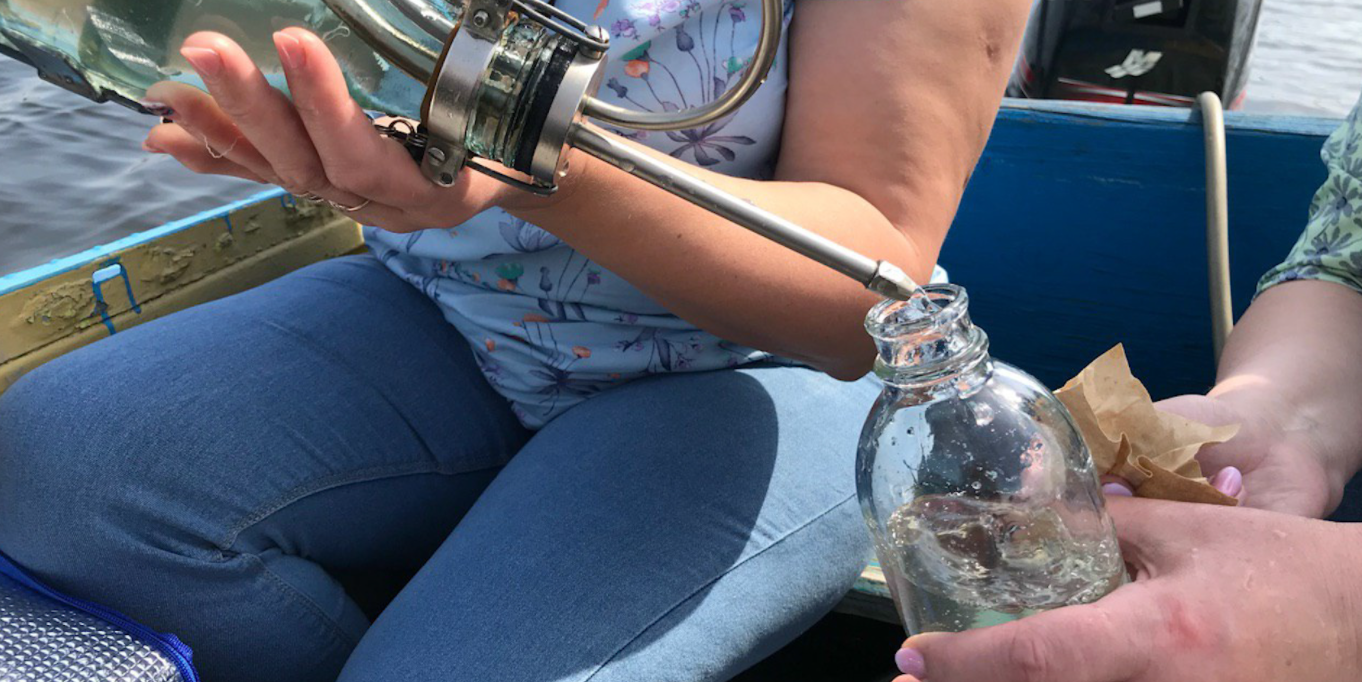Although the operation looks very simple, any small flaw in the actual inspection process will affect the result. Therefore, you must pay attention to things that may cause interference when using iodometry to detect dissolved oxygen.

Problems that need to be paid attention to in dissolved oxygen water samples
1. Oxygenated sampling is not allowed during sampling, and the water sample cannot be aerated or have bubbles remaining in the sampling bottle. The sampling tube should be completely immersed in water to avoid inhaling gas. You can pour the water sample along the bottle wall or use the siphon method to suck the water sample so that the water sample slowly flows into the sampling bottle. The container must be filled without leaving space to make the water sample The overflow is about 0.5-1 times the volume of the bottle, and it is sealed with water.2. If the water sample contains free chlorine and other oxidizing substances, the standard solution will be consumed during titration, which will affect the measurement results. Sodium thiosulfate standard solution should be added to the water sample in advance to remove it. Specific method: Take a water sample from each of two dissolved oxygen bottles, add 5mL sulfuric acid solution (1+5) and 1g potassium iodide to one of the bottles, and shake well. Using starch as an indicator, titrate with sodium thiosulfate standard solution until the blue color just fades, and write down the dosage. In another bottle of water sample, add the same volume of sodium thiosulfate standard solution, shake well to remove oxidizing substances in the water sample. Then use this water sample for normal operation and determination.
3. When the water sample is strongly acidic or alkaline, adjust it to neutral with sodium hydroxide or sulfuric acid before measuring.
4. After sampling, fix the oxygen on site and store it in a dark place.
5. When there are algae and suspended solids in the water sample, more iodine will be consumed in the acidic solution, which will interfere with the determination. You can use a 500-1000mL bottle with stopper to take a full water sample, add 10mL of 10% alum solution, then add 1-2mL of concentrated ammonia, cover the bottle stopper, invert and mix for 1min. Leave it for 10 minutes, siphon the supernatant into the dissolved oxygen bottle for fixation and determination.
6. When there is interference of ferric ions in the water sample, you can add potassium fluoride to eliminate it.

Problems that need to be paid attention to when detecting dissolved oxygen by iodometry
1. During the operation, do not let air bubbles enter the water sample bottle, and insert the pipette under the surface of the water sample when adding reagents. The water sample should be fixed as soon as possible and the titration time should not be too long.2. After adding KI in the acidic manganese sulfate solution, yellow free iodine shall not be produced.
3. The titration speed is slightly faster when calibrating sodium thiosulfate solution. Because the iodine generated during the titration reaction is volatile, and the oxygen in the air also has an oxidizing effect on potassium iodide, these can affect the titration result. In order to reduce the error, the titration speed is better.
4. Iodine titration: When using I2 standard solution to titrate reducing components directly, the titration must be fully shaken to avoid excessive local I2, leading to side reactions. Shake while dripping, be sure to wait for the first drop of I2 to fade, and then add the last drop. When the dropped I2 fades slowly under full shaking, add indicator.
5. Titration iodine method: titrate with sodium thiosulfate standard solution. When the reaction produces I2, wait until the yellow color of I is very light, then add starch indicator, and then drip again until the blue color disappears. If the indicator is added too early, the reaction speed of the blue complex formed by it with I2 and sodium thiosulfate is slow, which tends to make the titration excessive.
6 Eliminate the sources of error in the iodometric method:
a. Add excess KI in the determination to combine I and 12 into I3 to increase the solubility of I2.
b. Avoid direct sunlight, operate quickly, and don't shake it too much to prevent I2 from volatilizing.
c. Use an iodine measuring flask to perform titration below 25°C.
e. When starch is used as an indicator, it should be added when it is near the end point. After adding it, it should be fully shaken, and the drop should be slow and fast to prevent the starch from adsorbing iodine and ensure the complete reaction;
7. Sometimes the color produced by starch and iodine is not pure blue, but purple. This may be because the purity of the starch reagent is not enough; another may be the acidity of the test solution is strong.
8. Potassium iodide is easy to deteriorate when exposed to light, and should be stored in a brown ground bottle to avoid light
9. Sodium thiosulfate solution, calibrate the concentration once before each use.
These are the issues that need to be paid attention to when using iodometry to detect dissolved oxygen in water.



